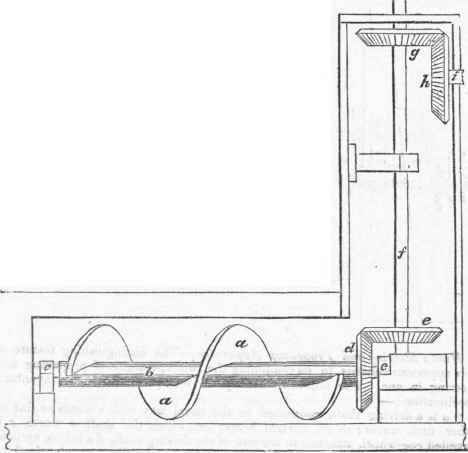Nomad Willy
Guru
It's the ratio of pitch to diameter that counts and dictates if you've got too many or too few blades. If MV Content had a 30" X 19" prop better performance would probably be had w the 28X23 props. So as Eamonn says the prop calculation proved correct on the Content. A fourth blade would have required a big reduction in pitch to load the four blades correctly. That would mean the resulting prop would be about 28 X 18 .. just a guess. Huge difference in the pitch/dia ratio. Not pushing much water but eating up much power swinging that fourth blade around. If you keep decreasing pitch and adding blades eventially you'll wind up w a flat disk. Could be the same dia but probably will be more dia. All the power of the engine/s will be consumed turning the blades through the water and no thrust created. And of course if you go the other extreme w too little dia and too much pitch eventially you'll get 90 degrees to a feathered prop. Blades aligned w the prop shaft. With a certian blade size and dia all the power will be required to reach rated rpm and absolutely no thrust will be generated.
So either extreme will consume all the power and produce no thrust. So for every blade dia and area and blade design and speed through the water there is a perfect or better put optimal pitch and dia. The number of blades is almost meaningless but if you can't get enough dia to be in the optimal zone w 3 blades you then need four. So usually the factor that dictates 3 or 4 blades is swinging room for the propeller .. the maximum dia that is practical. There is a small range or zone that either 3 or 4 blades will produce the same efficiency. Then it matters not if you have three or four blades. The four blade just costs more money. So the basic rule of thumb is "three is best unless you need four".
And this "hole shot" talk has no place on TF. On outboards four blades are used to get blade area. Just like trawlers but in the case of OB's much more limited space is available.
So either extreme will consume all the power and produce no thrust. So for every blade dia and area and blade design and speed through the water there is a perfect or better put optimal pitch and dia. The number of blades is almost meaningless but if you can't get enough dia to be in the optimal zone w 3 blades you then need four. So usually the factor that dictates 3 or 4 blades is swinging room for the propeller .. the maximum dia that is practical. There is a small range or zone that either 3 or 4 blades will produce the same efficiency. Then it matters not if you have three or four blades. The four blade just costs more money. So the basic rule of thumb is "three is best unless you need four".
And this "hole shot" talk has no place on TF. On outboards four blades are used to get blade area. Just like trawlers but in the case of OB's much more limited space is available.





